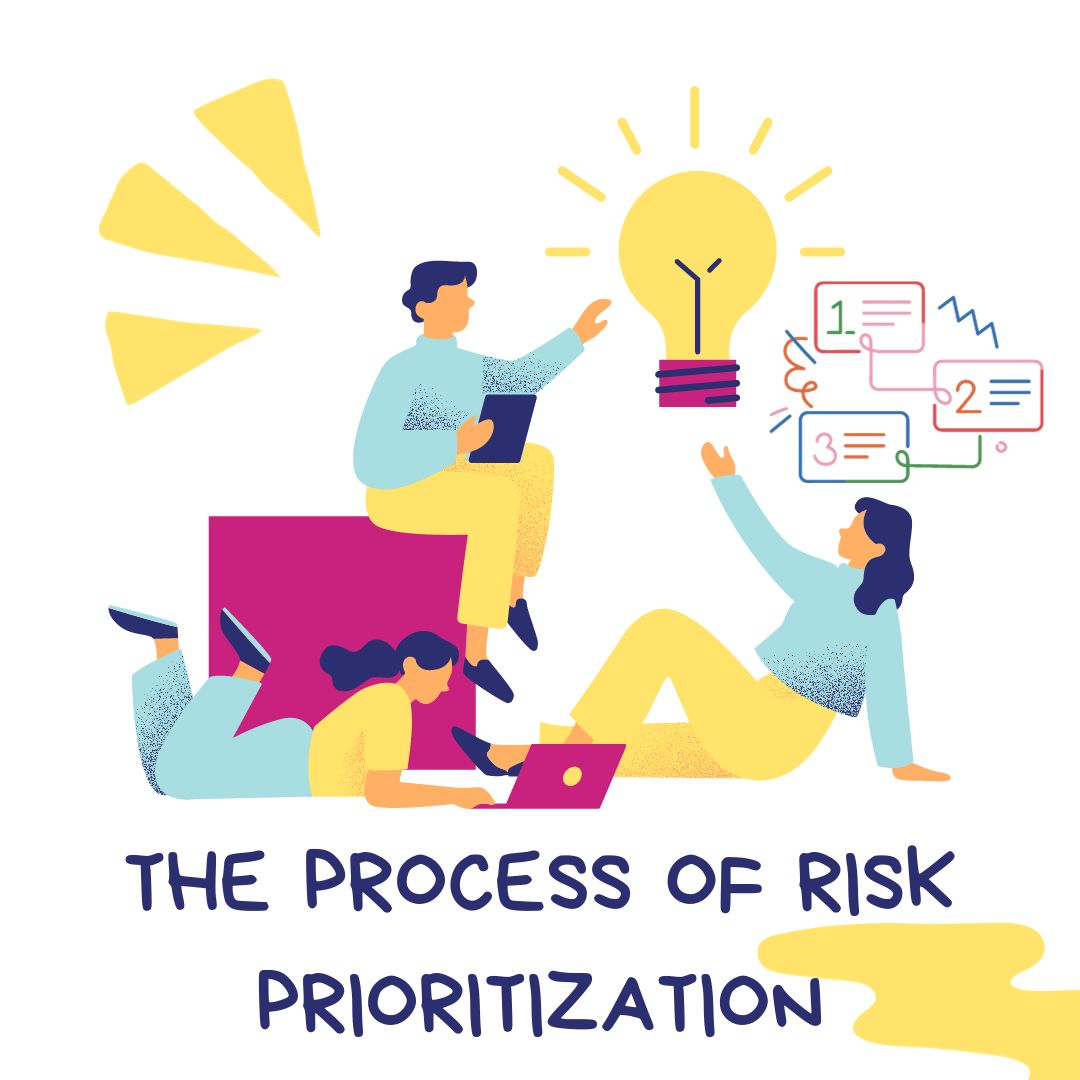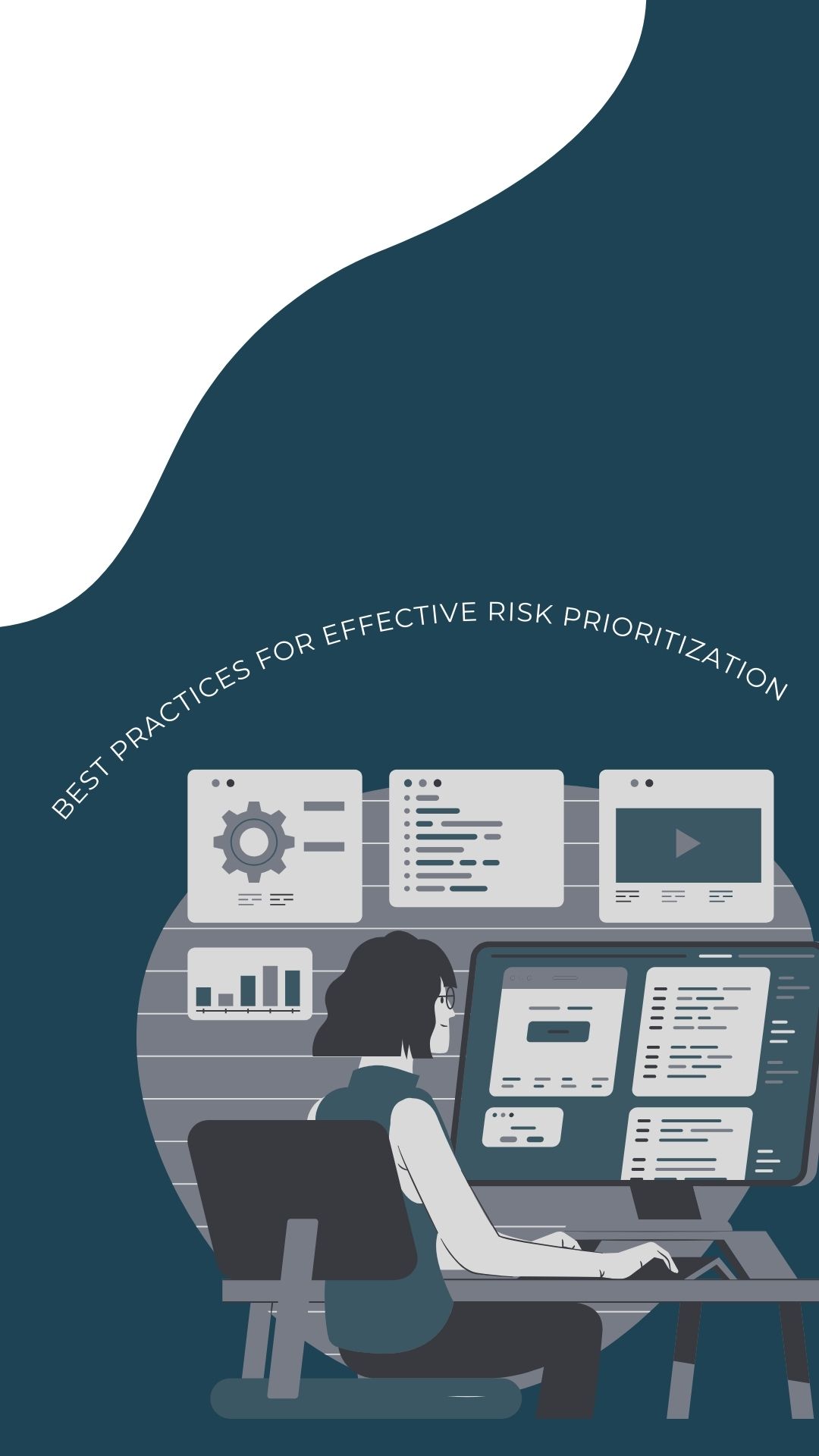
As businesses face a multitude of uncertainties, it is crucial to prioritize risks effectively and develop strategies to mitigate them. In this article, we will delve into the significance of risk prioritization and how it can safeguard your business from potential threats and disruptions.
Understanding Risk Prioritization
What is Risk Prioritization?
Risk prioritization is the process of evaluating and ranking potential risks based on their likelihood and impact on business objectives. By systematically assessing risks, organizations can allocate their resources more efficiently and focus on mitigating the most critical threats. It involves identifying, analyzing, and prioritizing risks to establish a clear understanding of their potential consequences.

The Benefits of Risk Prioritization
Proper risk prioritization offers several advantages to businesses:
Resource Allocation: By prioritizing risks, organizations can allocate their limited resources, such as time, budget, and personnel, to the most significant areas of concern. This ensures that efforts are focused on mitigating high-impact risks that could severely affect the business.
Proactive Decision-making: Prioritizing risks enables organizations to make informed decisions in a proactive manner. By identifying and addressing risks before they materialize, businesses can avoid or minimize potential damages, saving time and resources in the long run.
Enhanced Resilience: Effective risk prioritization strengthens a business’s resilience by developing robust strategies to tackle potential threats. It allows organizations to proactively adapt to changing circumstances, ensuring continuity and minimizing disruptions to operations.
Strategic Planning: Prioritizing risks provides valuable insights for strategic planning. By understanding the potential risks and their impacts, businesses can develop contingency plans, alternative courses of action, and preventive measures. This empowers them to navigate uncertainties and maintain a competitive edge.

The Process of Risk Prioritization
Step 1: Risk Identification
The first step in risk prioritization is identifying potential risks that could affect your business. This involves conducting a thorough assessment of internal and external factors that may pose threats. It is crucial to involve key stakeholders and subject matter experts to ensure a comprehensive identification process.
Step 2: Risk Analysis
Once risks are identified, they need to be analyzed to determine their likelihood and potential impact. This involves gathering data, assessing historical trends, and using analytical tools to quantify risks objectively. By assigning values or scores to risks, businesses can compare and prioritize them effectively.
Step 3: Risk Ranking
Based on the results of the risk analysis, risks should be ranked in order of priority. This ranking can be done using various techniques such as risk matrices, decision trees, or probability-impact assessments. The aim is to identify the most critical risks that require immediate attention and resources.
Step 4: Risk Response Planning
After prioritizing risks, organizations need to develop appropriate risk response plans. These plans outline specific actions to mitigate or manage each identified risk. Response strategies may include risk avoidance, risk transfer, risk reduction, or risk acceptance. The chosen approach should align with the business’s risk appetite and objectives.
Step 5: Monitoring and Review
Risk prioritization is an ongoing process that requires continuous monitoring and review. As the business landscape evolves, new risks may emerge or existing risks may change in their significance. Regular monitoring helps identify any shifts in priorities and ensures that risk management strategies remain relevant and effective.

Best Practices for Effective Risk Prioritization
To optimize the process of risk prioritization, consider the following best practices:
Establish a Risk Management Framework
Develop a robust risk management framework that outlines the roles, responsibilities, and processes involved in risk prioritization. This ensures consistency and clarity throughout the organization, enabling a systematic approach to risk management.
Involve Key Stakeholders
Engage key stakeholders, including senior management, department heads, and subject matter experts, in the risk prioritization process. Their expertise and insights provide a broader perspective and increase the accuracy of risk assessments.
Use Quantitative and Qualitative Analysis
Combine quantitative and qualitative analysis techniques to evaluate risks comprehensively. Quantitative analysis involves using historical data and statistical models, while qualitative analysis incorporates expert judgment and subjective assessments. The combination of both approaches enhances the accuracy and reliability of risk prioritization.
Regularly Update Risk Assessments
Risks and their priorities may change over time. Therefore, it is essential to conduct regular reviews and updates of risk assessments. This ensures that the organization remains agile and adaptive to emerging risks.
Foster a Risk-Aware Culture
Foster a culture that emphasizes both awareness of risks and accountability across the entire organization. Encourage employees to report potential risks and provide feedback on existing risk management strategies. This facilitates early identification of risks and fosters a proactive risk management approach.
You can also read : Successful E-commerce Stock Management
In a business environment fraught with uncertainties, effective risk prioritization is a vital practice that enables organizations to safeguard their interests and secure their future. By understanding the significance of risk prioritization, businesses can allocate their resources wisely, make informed decisions, and proactively manage potential threats. Implementing a robust risk management framework and following best practices ensures that risks are properly identified, analyzed, and prioritized. By embracing risk prioritization as a core business process, you can strengthen your organization’s resilience and stay ahead in today’s dynamic market landscape.